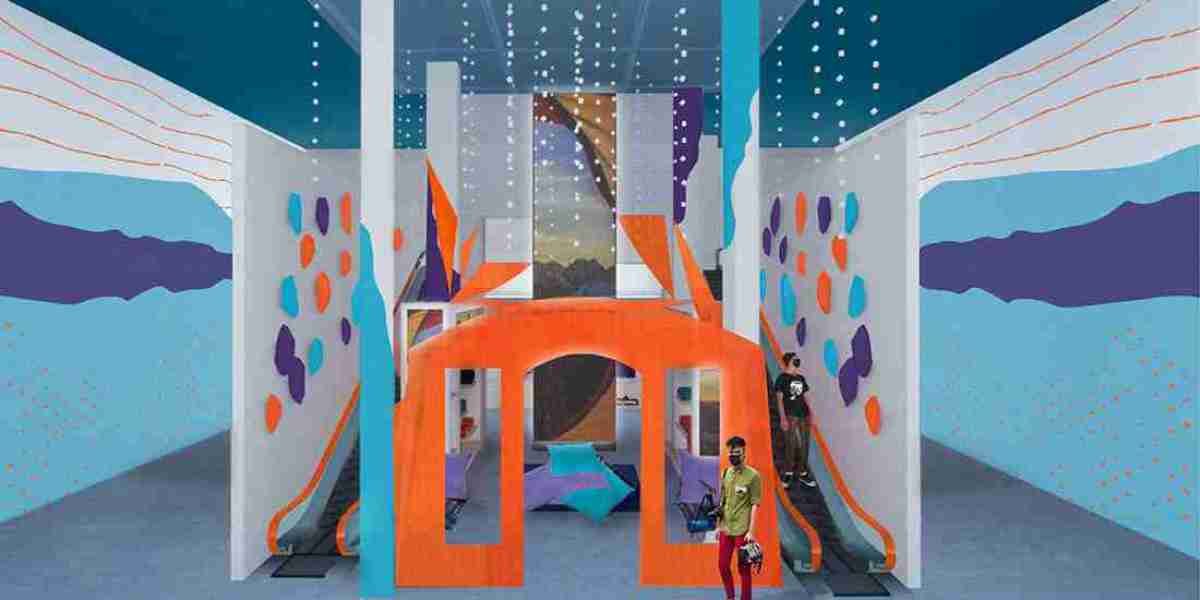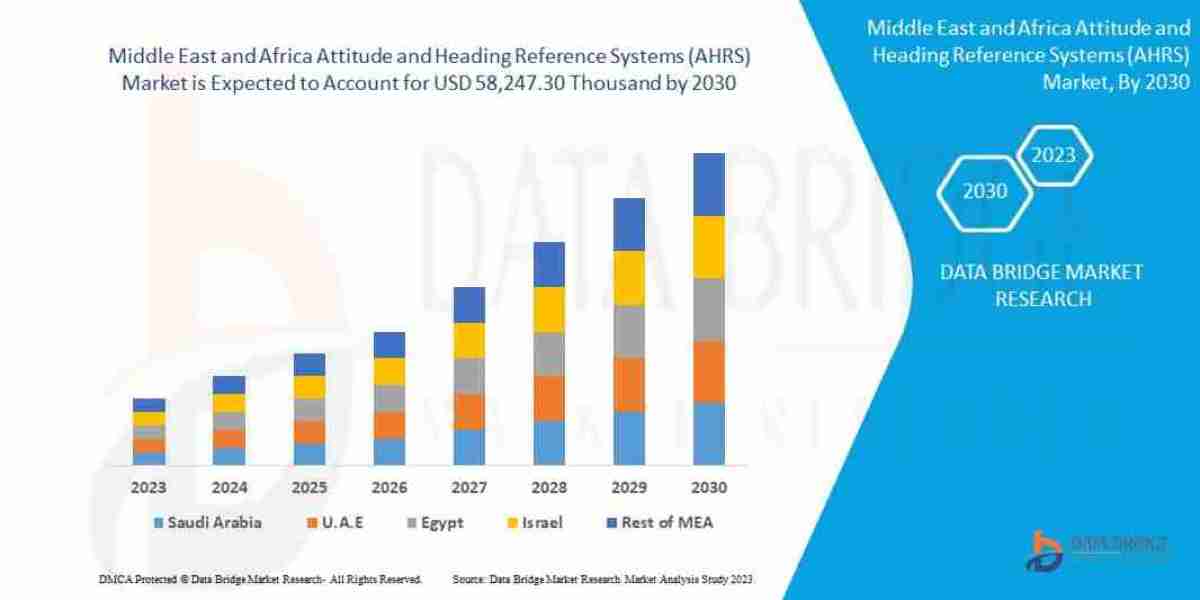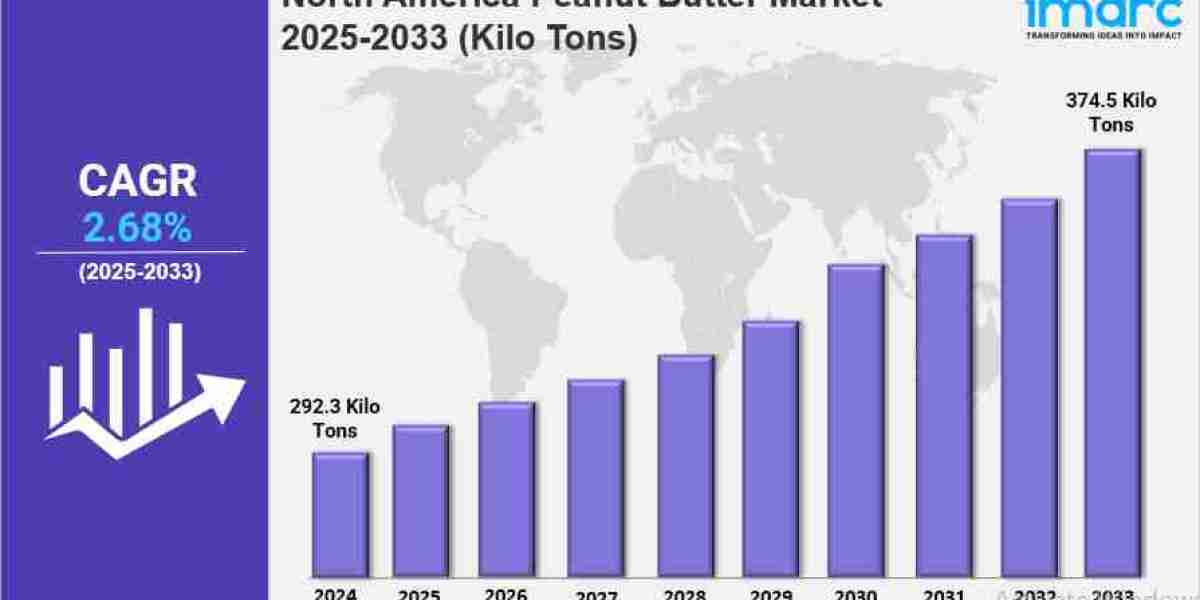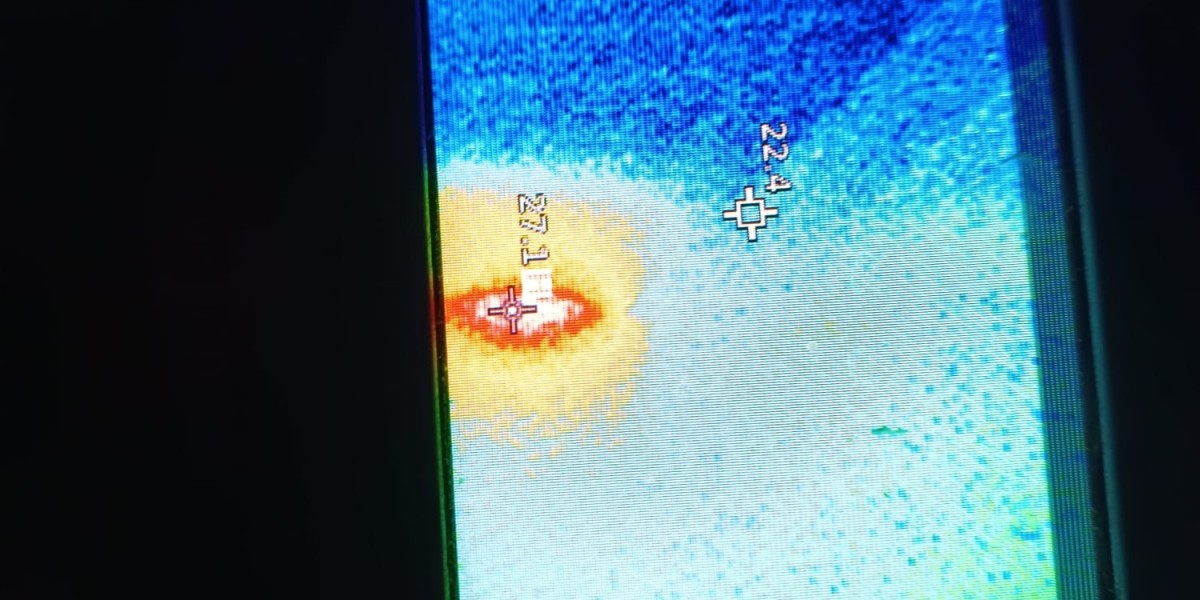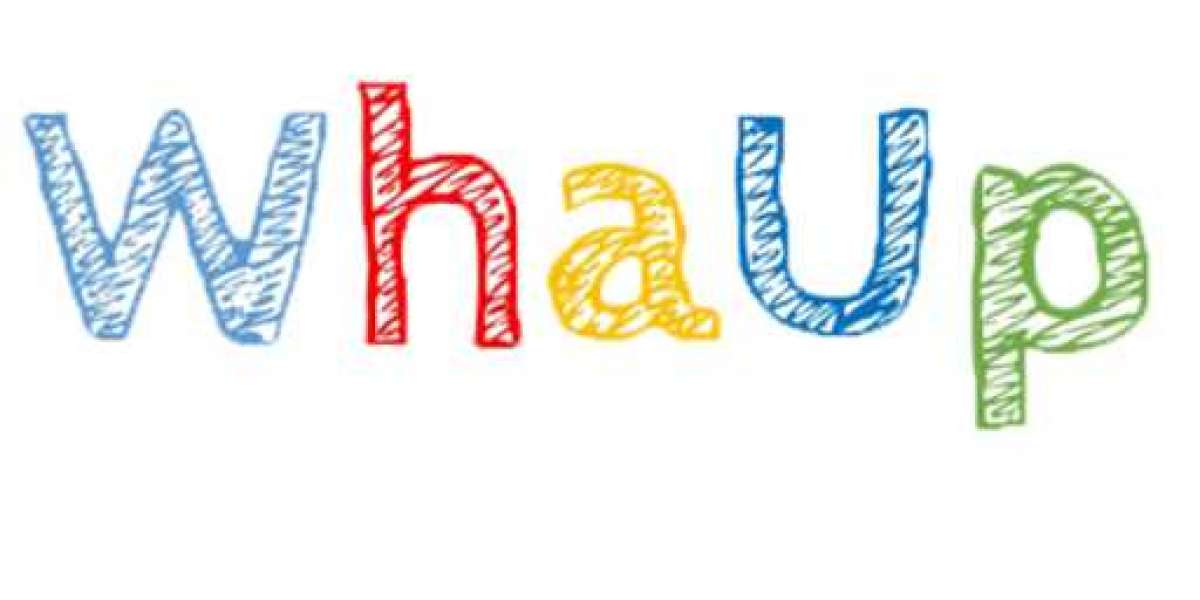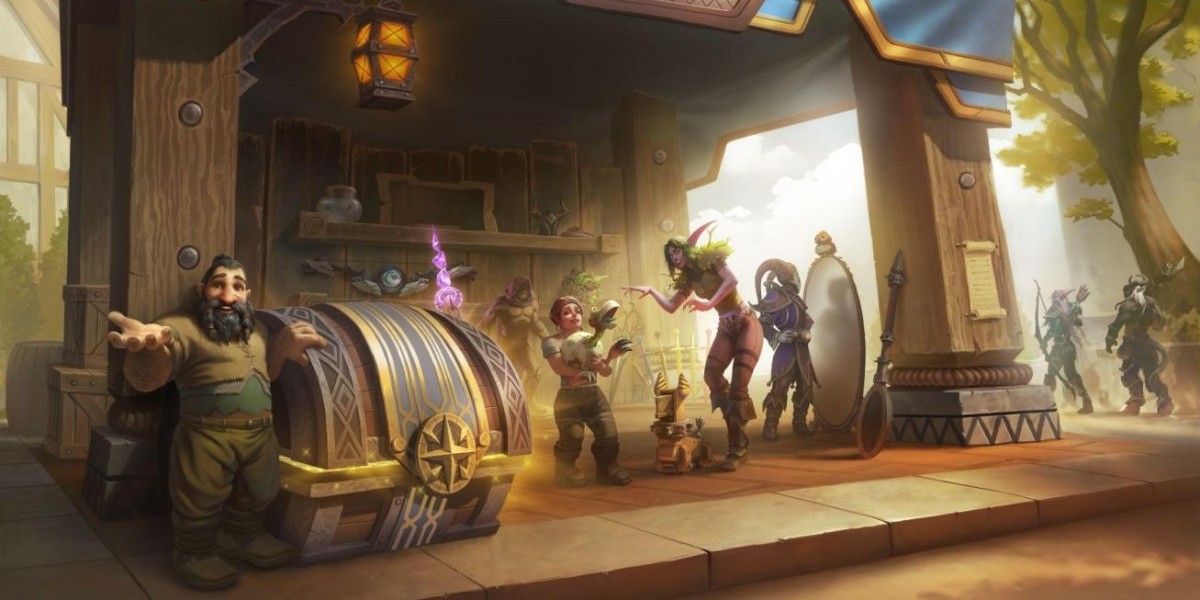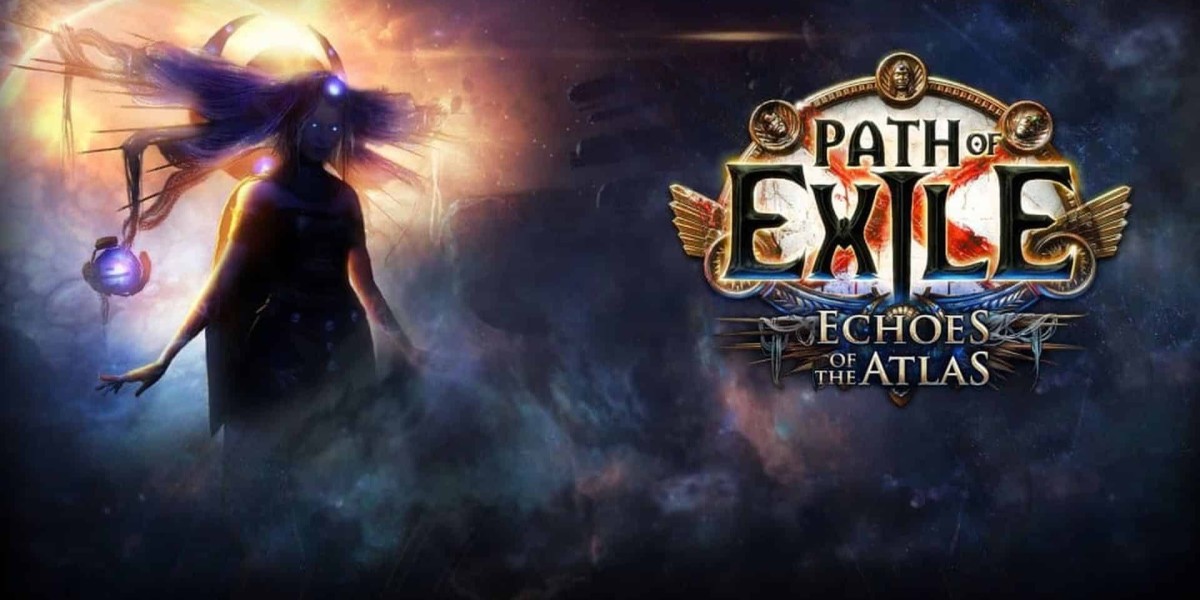Exhibition Design Courses: Fees, Syllabus, Eligibility, Career Opportunities
Introduction to Exhibition Design
Exhibition design is an interdisciplinary field where art, technology, and storytelling come together to create an immersive and engaging spatial experience.
This field is not only limited to museums and galleries but includes trade shows, retail spaces, and corporate events, among others.
Being in this kind of profession makes an exhibition designer work with spatial and visual design principles, thus, highly sought after for people with creative ideas.
It may open the door for employment in any field in which creativity or innovative design plays an important role.
Why an Exhibition Design Course?
A course in exhibition design equips a student with tools to visualize and design an exhibition with its execution to draw the audience into the exhibition.
The key takeaways are creative problem-solving, spatial planning, and technological integration.
Such courses will be apt for anyone who loves designing and wants to pursue careers in advertising, branding, architecture, and event management.
Since people want interactive and engaging spaces, future career prospects in this direction have immense scope for every individual from various sectors.
Eligibility Criteria for Exhibition Design Courses
To apply for an exhibition design course, applicants have to meet the below-mentioned eligibility criteria:
- Undergraduate Courses
- 10+2 qualifications with a pass-out certificate issued from the recognized board of examination
- Backed with education in arts, humanities or science stream however a strong creative ability is required more often than not
- Scorecard with relevant marks in design aptitude entrance tests including NID DAT, UCEED or others as conducted by the respective institute.
- Graduate Courses:
- Design, architecture, fine arts, or related bachelor’s degrees.
- Portfolio submission, in terms of creative works, is usually required.
These will thus ensure that the applicants hold the basics and the requirements for advanced learning about exhibition design.
Admission to Exhibitions Design Courses
Different institutions have different policies about admission but would generally require:
- Apply. : This may be done through the online and offline application supplemented by the academic transcripts.
- Entrance Exams: National or institutional aptitude tests in design: NID DAT, UCEED, CEED.
- Portfolio Review. : Supply a portfolio of one’s creative work to indicate the skills of designing and an ability to think conceptually.
- Personal Interview: Attend an interview or a group discussion to indicate interest and suitability for the program.
Candidates are scored on creativity, technical knowledge, and a passion for design.
Other Information: Top 10 Highest Paying Jobs After Communication Design Degree
Exhibition Design Courses Fees Structure
All factors of a course-institute-venue dependant.
Average:
- Diploma Courses : 50,000 to 1,50,000.
- Undergraduate Programs (B.Des) 2,00,000 to 6,00,000 per year.
- Postgraduate Programs (M.Des) 1,50,000 to 4,00,000 per year.
Private design colleges usually charge higher fees than government institutes.
Scholarships and other financial aid are provided to eligible students so that their burden on wallets can be relieved.
Syllabus and Subjects in Exhibition Design
The syllabus of the courses related to exhibition design is structured in such a form that it meets its objective both in terms of theoretical knowledge and practical know-how.
Though course content might be different from institute to institute, in exhibition design the general topics are as follows :
- Core Subjects:
- Principles of Spatial Design Visual Communication
- Exhibition Planning and Management
- Material Studies and Construction Techniques
- Environmental Graphics
- Technical Skills:
- CAD and 3D Modeling
- Lighting and Acoustics
- Interactive Media Design
- Specialized Topics:
- Storytelling through Space
- Brand Experience Design
- Sustainable Design Practices
- Projects and Internships:
- Practical experience in developing prototypes for exhibitions.
- Internships in industry to understand practical applications.
The curriculum is conceptualized to encourage creativity as well as technical skills and thus equip students for innovative and dynamic roles in practice.
Duration of Exhibition Design Courses
The duration of exhibition design programs varies with the course type:
- Diploma Courses :1 to 2 years
- Undergraduate Programs (B.Des): 3 to 4 years
- Postgraduate Programs (M.Des) : 2 year
2 years Professional skills can also be upgraded by short-term certification courses for 6 to 12 months.
Best Colleges for Exhibition Design Courses
India has some of the best colleges that provide specialization study in exhibition design.
A few of the top-class colleges for best college for exhibition design courses in India are:
- National Institute of Design (NID), Ahmedabad
- National Institute of Fashion Technology (NIFT)
- Srishti Institute of Art, Design and Technology, Bangalore
- Pearl Academy, Delhi, Mumbai, Jaipur
- MIT Institute of Design, Pune
These colleges provide world-class infrastructure, well-experienced faculty members, and industry collaboration.
It is thus ensuring holistic education along with practical exposure for students.
Career Scope in Exhibition Design
Desi career scope in exhibition design is huge and can apply to various industries.
Opportunity areas for graduates include:
- Exhibition Designer: Design and create concepts for trade shows, museums, and galleries.
- Spatial Designer: Create innovative spaces for retail, hospitality, and corporate environments.
- Visual merchandiser design: Installation of shop layouts and stores to give the best and most retailing customer experiences.
- Exhibition Designer: Designing and planning business and culture exhibitions
- Freelance designer: Working on different kinds of projects involving pop-up installations, branded exhibitions, etc.
The demand for exhibition designers will be higher in the future.
Freshers may expect 4,00,000 to 8,00,000 annually, and the experienced candidates get much more.
Future Trends in Exhibition Design
The future of exhibition design is based on the growth of technology and changing consumer trends.
Among them, some emerging trends include:
- Digital Integration: Use of AR/VR technologies to make the experience interactive.
- Sustainable Practices: Designing eco-friendly exhibitions, using recyclable materials.
- Data-Driven Design: Analytics for personalizing visitor experiences.
- Hybrid Events: Merging physical and virtual exhibitions to be appreciated by a global audience.
Professionals who choose to take up spatial and visual design courses can use these trends to help them create exhibitions on the latest trends.
Conclusion
Creating an exhibition is indeed one of the most exciting and rewarding streams for those who are eager to create a rich, immersive experience.
Therefore, with the comprehensive exhibition design course outline, students can explore various courses that suit their specific interests and their long-term aims.
From studying the exhibition design course curriculum to unearthing career prospects through exhibition design, one could embark on the journey to creativity and innovation.
